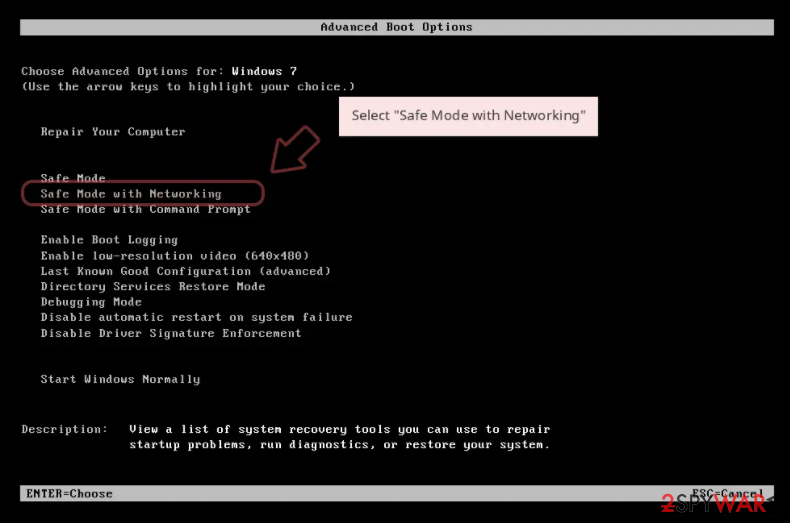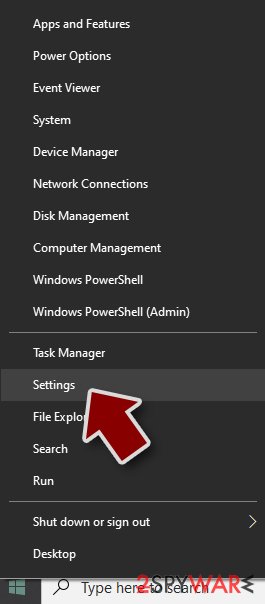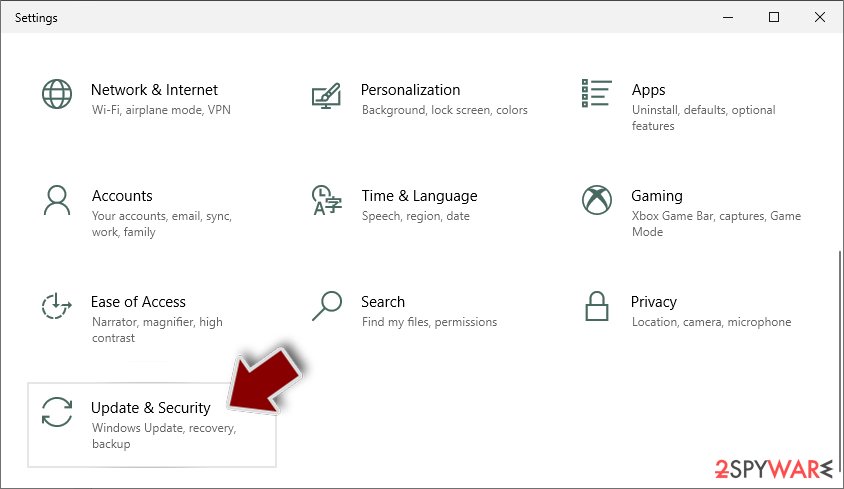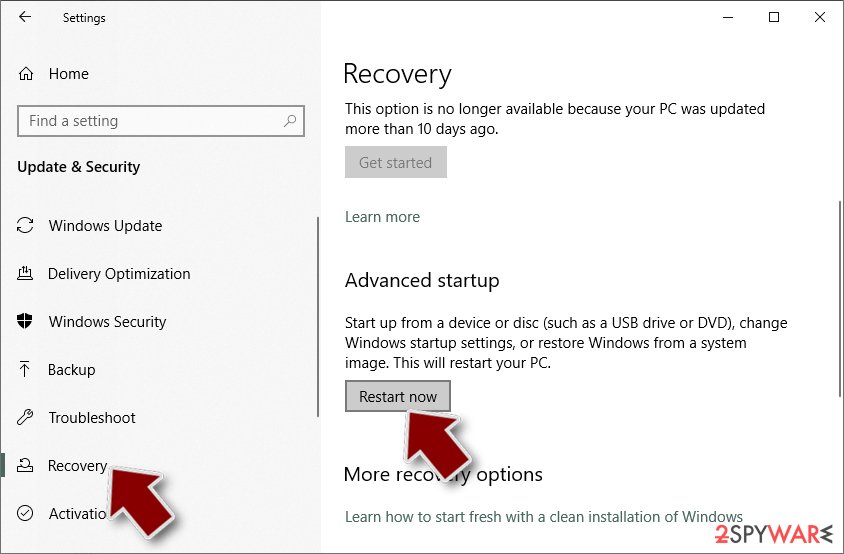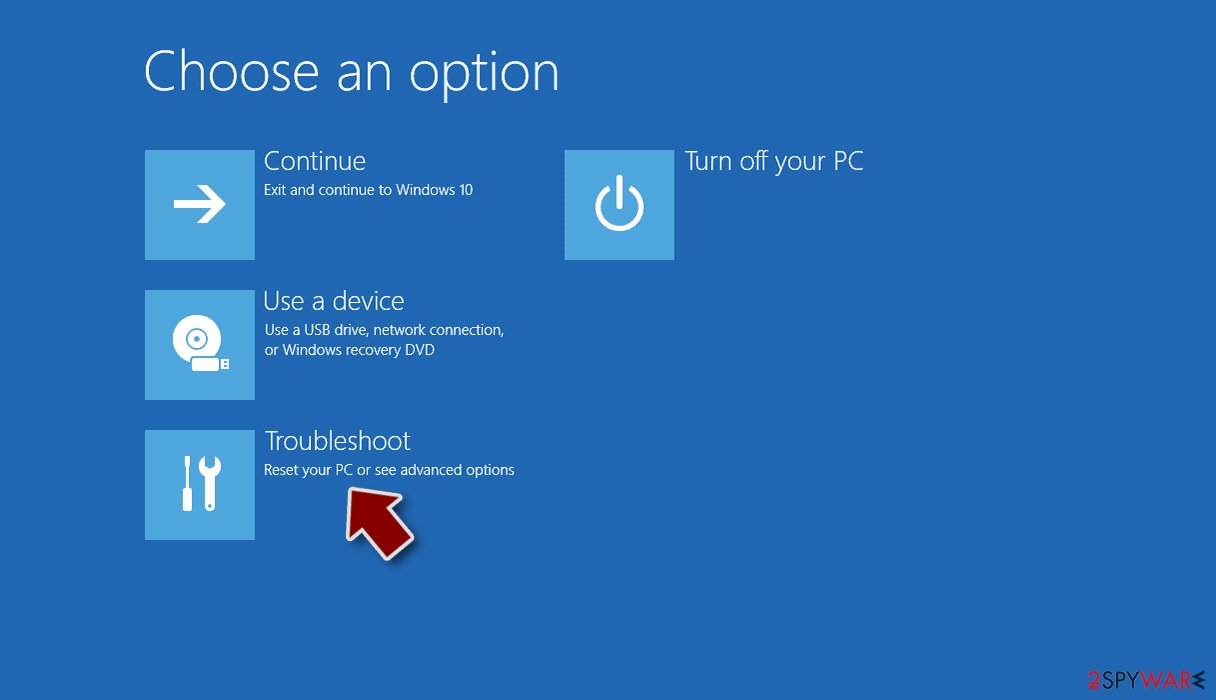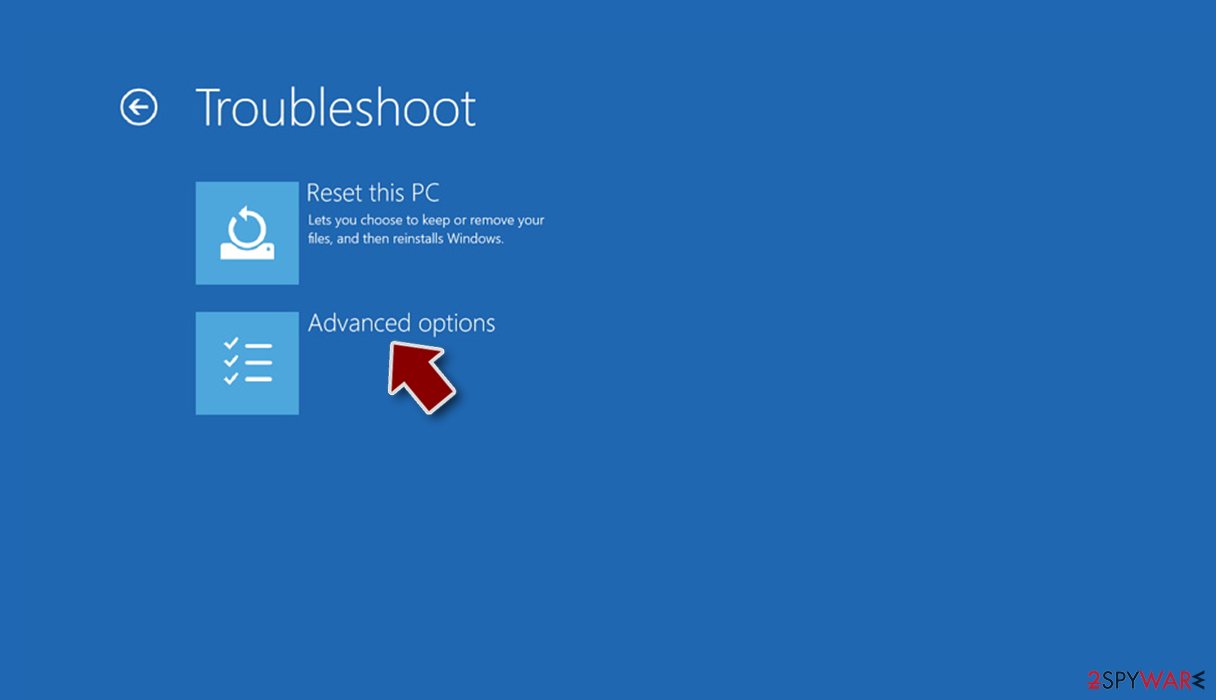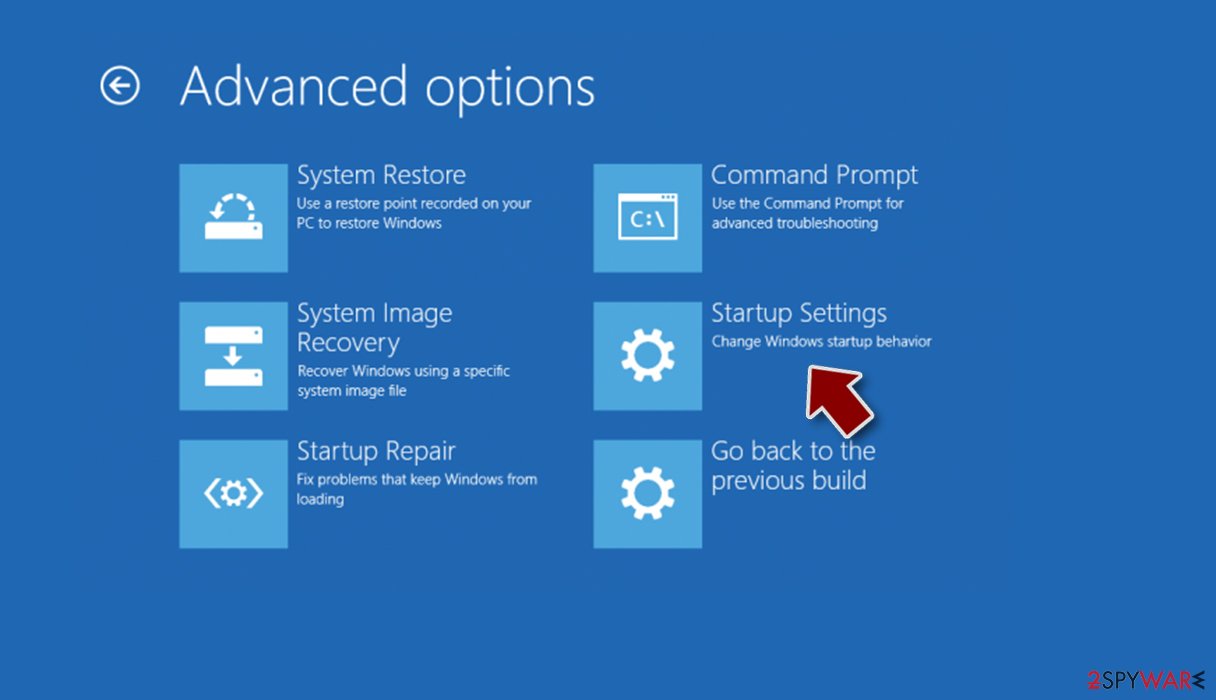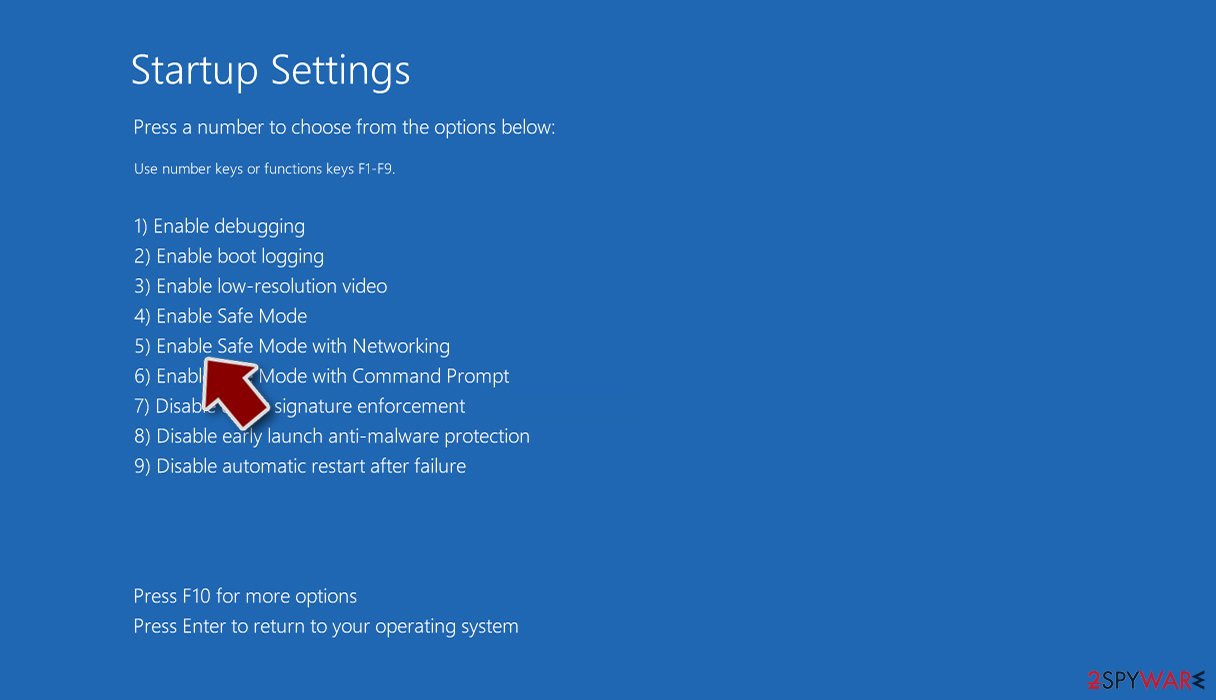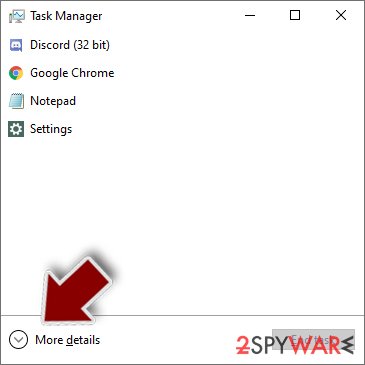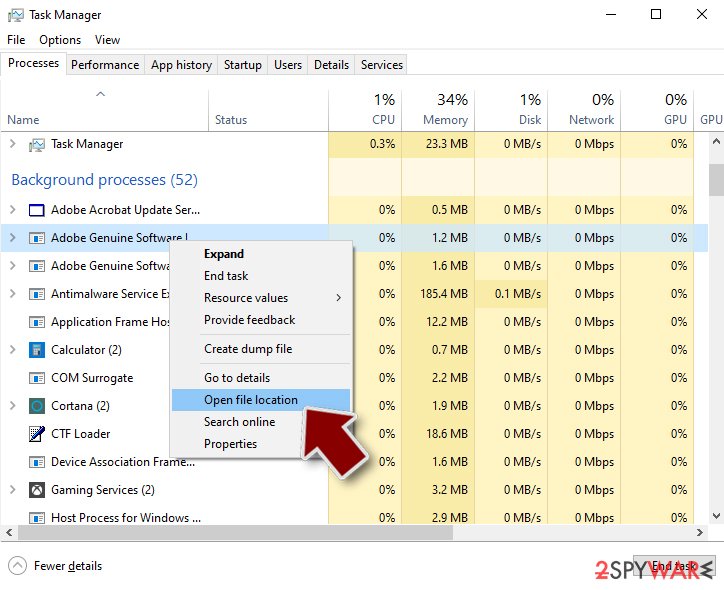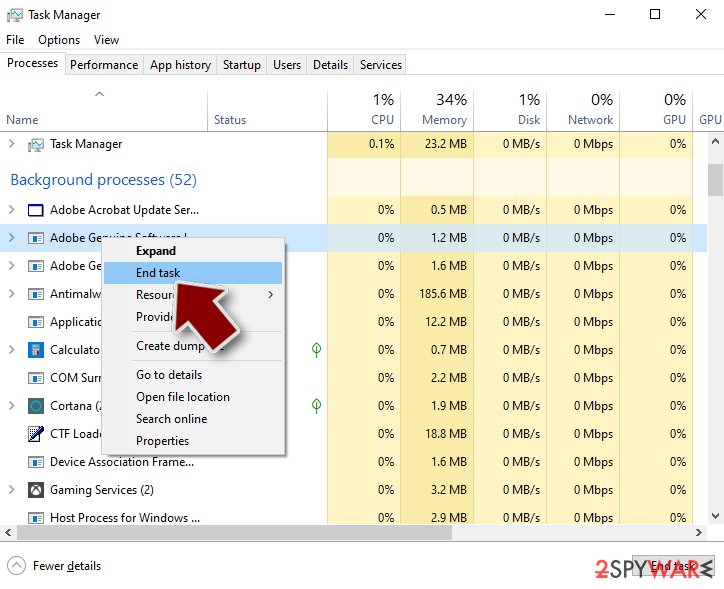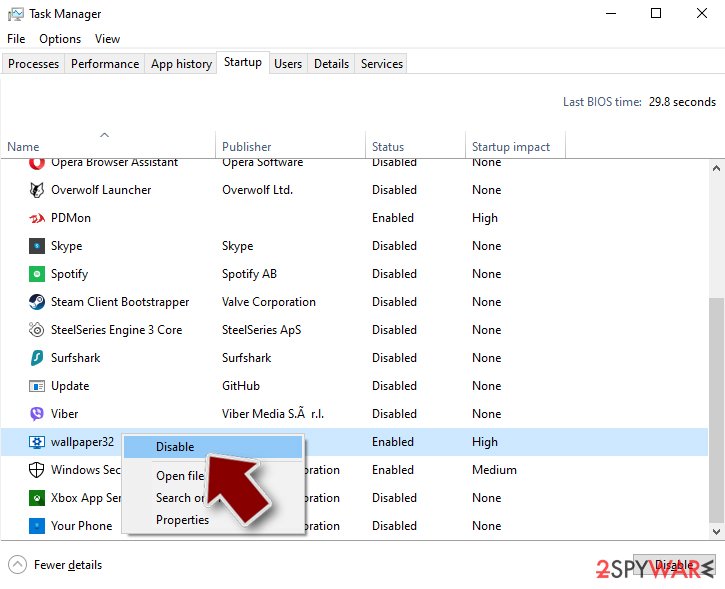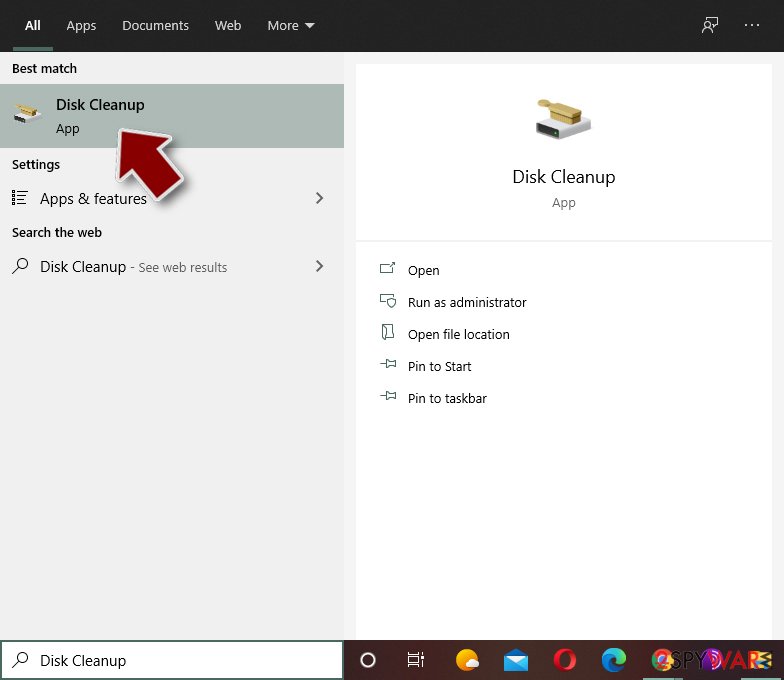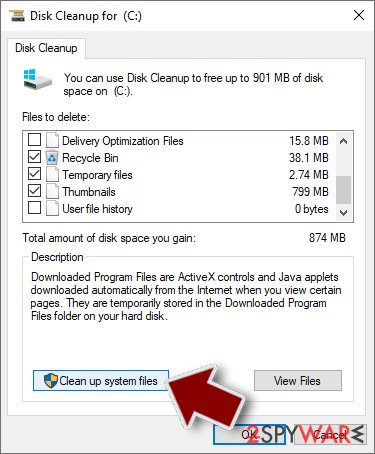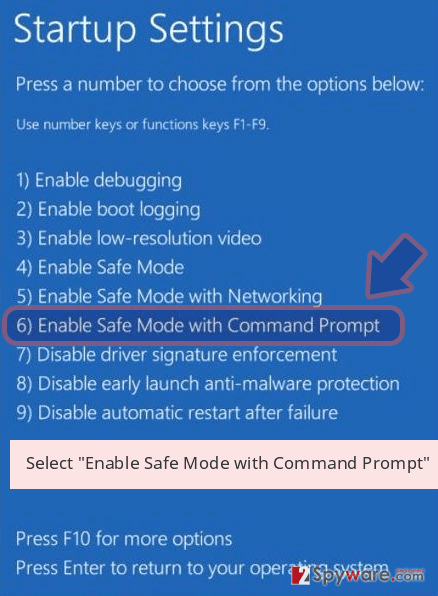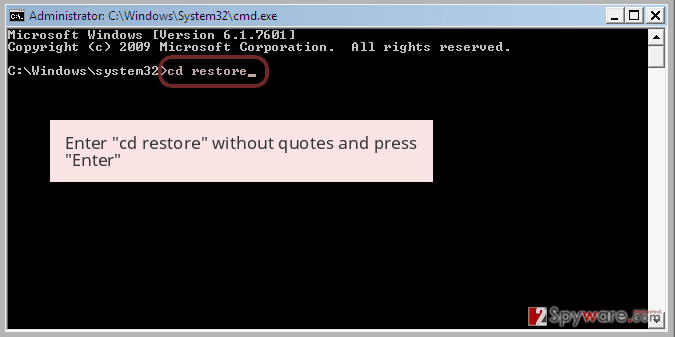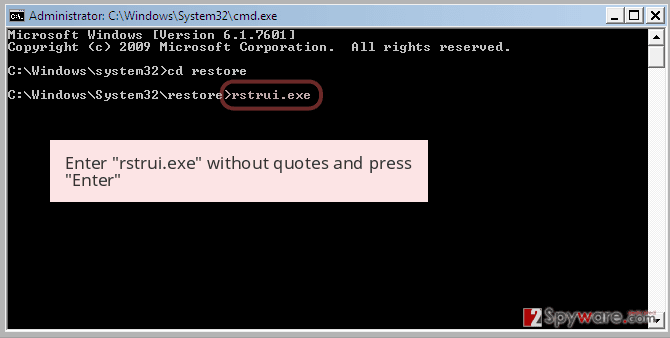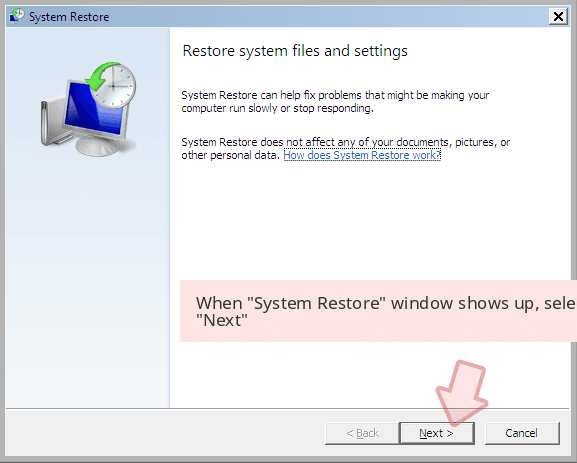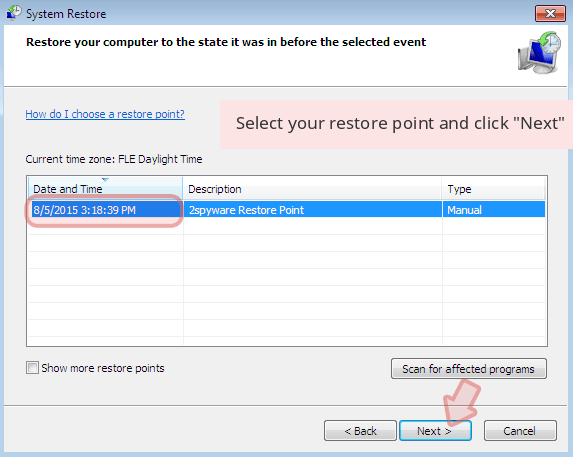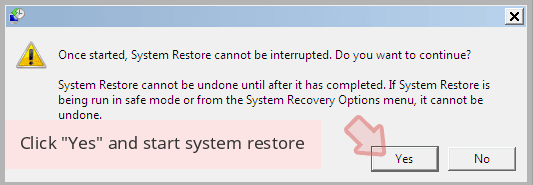Dyreza virus (Free Guide) - updated Jan 2021
Dyreza virus Removal Guide
What is Dyreza virus?
Dyreza – a banker Trojan that can steal your passwords and other data

Dyreza virus is a dangerous Trojan horse that is used for stealing valuable information from PC users. Also known as Dyre, Dyza or Dyranges, this computer infection was first found in 2014 when security researchers noticed it being spread via Cutwail botnet spam emails. In most cases, malware is used by various Advanced Persistent Threat (APT) Groups to target high-profile organizations.
This malware typically targets Windows operating systems, although, seeing that the actors are expanding Trojan's capacities over time, support for other systems, such as macOS or Linux, might be established in the future. After being infected, users can suffer significant damages, as Dyreza Trojan possesses a variety of capabilities. It can steal the following data:
- logins and passwords
- banking data
- crypto-wallet data, etc.
This is usually done by redirecting people to fake banking sites and making them enter their logins. The cyber-criminals associated with Dyreza can track and collect the sensitive data and send it to the C2 server, and later use such information to log into your bank account and use your money for their purposes.
If you do not want to find out that your bank account was left empty, you must secure your computer and put effort into trying to prevent installing this threat on your system. One of the most evident signs showing that the Dyreza virus is inside your machine is continuous system slowdowns.
Please, do not ignore that! In this case, you should scan your PC with reputable anti-spyware (for example, FortectIntego) and remove Dyreza virus from the PC as soon as possible. Otherwise, you might suffer from significant financial losses or even identity theft.
Cybercriminals keep releasing updated versions of the Trojan
As the holiday season (Christmas and New Year's Eve) is coming, cyber-criminals tend to start their activities and actively work to obtain as much money from online shoppers as possible. Such time of the year guarantees that many computer users shop online for presents.
Therefore, they often log into various shopping websites and enter their banking information to buy online. As a result, cybercriminals seek to infect shoppers' computers to track this information. Thus, cybercriminals were ready to send out as many spam emails as possible to infect thousands with the Dyreza virus.
The Dyreza virus has been updated, and now it can affect all operating systems, both 32-bit and 64-bit.[1]
The results of the analysis show that the info-stealer malware now includes support for Windows 10. This new variant can also hook to Microsoft Edge to collect data and then send it to malicious servers.
Dyreza malware can now attack Windows 10 users, too. Unfortunately, this virus can affect Microsoft Edge browser as well as other Internet browsers. Plus, this new version of Dyreza can reach valuable information easier, because the updated version of this virus can detect computer's security programs and disable them.
Remove Dyreza before cybercriminals steal your identity
If your PC is infected with the Dyreza virus, you should remove it as soon as you can. Otherwise, you can easily be redirected to a malicious site that seeks to steal your logins and passwords. Plus, the newest version of Dyreza also can spy your activity on the web so that it may collect your information even without various redirects.
For eliminating this threat from the system, scan your PC with FortectIntego. You must remove it with no delay and change all your logins, passwords, and banking passwords and PINs as well.
Note: if you can't remove Dyreza due to its persistence mechanisms, you should access Safe Mode with Networking and perform a full system scan from there. If you don't know how to do that, follow the steps provided bellow.
Getting rid of Dyreza virus. Follow these steps
Manual removal using Safe Mode
Important! →
Manual removal guide might be too complicated for regular computer users. It requires advanced IT knowledge to be performed correctly (if vital system files are removed or damaged, it might result in full Windows compromise), and it also might take hours to complete. Therefore, we highly advise using the automatic method provided above instead.
Step 1. Access Safe Mode with Networking
Manual malware removal should be best performed in the Safe Mode environment.
Windows 7 / Vista / XP
- Click Start > Shutdown > Restart > OK.
- When your computer becomes active, start pressing F8 button (if that does not work, try F2, F12, Del, etc. – it all depends on your motherboard model) multiple times until you see the Advanced Boot Options window.
- Select Safe Mode with Networking from the list.

Windows 10 / Windows 8
- Right-click on Start button and select Settings.

- Scroll down to pick Update & Security.

- On the left side of the window, pick Recovery.
- Now scroll down to find Advanced Startup section.
- Click Restart now.

- Select Troubleshoot.

- Go to Advanced options.

- Select Startup Settings.

- Press Restart.
- Now press 5 or click 5) Enable Safe Mode with Networking.

Step 2. Shut down suspicious processes
Windows Task Manager is a useful tool that shows all the processes running in the background. If malware is running a process, you need to shut it down:
- Press Ctrl + Shift + Esc on your keyboard to open Windows Task Manager.
- Click on More details.

- Scroll down to Background processes section, and look for anything suspicious.
- Right-click and select Open file location.

- Go back to the process, right-click and pick End Task.

- Delete the contents of the malicious folder.
Step 3. Check program Startup
- Press Ctrl + Shift + Esc on your keyboard to open Windows Task Manager.
- Go to Startup tab.
- Right-click on the suspicious program and pick Disable.

Step 4. Delete virus files
Malware-related files can be found in various places within your computer. Here are instructions that could help you find them:
- Type in Disk Cleanup in Windows search and press Enter.

- Select the drive you want to clean (C: is your main drive by default and is likely to be the one that has malicious files in).
- Scroll through the Files to delete list and select the following:
Temporary Internet Files
Downloads
Recycle Bin
Temporary files - Pick Clean up system files.

- You can also look for other malicious files hidden in the following folders (type these entries in Windows Search and press Enter):
%AppData%
%LocalAppData%
%ProgramData%
%WinDir%
After you are finished, reboot the PC in normal mode.
Remove Dyreza using System Restore
-
Step 1: Reboot your computer to Safe Mode with Command Prompt
Windows 7 / Vista / XP- Click Start → Shutdown → Restart → OK.
- When your computer becomes active, start pressing F8 multiple times until you see the Advanced Boot Options window.
-
Select Command Prompt from the list

Windows 10 / Windows 8- Press the Power button at the Windows login screen. Now press and hold Shift, which is on your keyboard, and click Restart..
- Now select Troubleshoot → Advanced options → Startup Settings and finally press Restart.
-
Once your computer becomes active, select Enable Safe Mode with Command Prompt in Startup Settings window.

-
Step 2: Restore your system files and settings
-
Once the Command Prompt window shows up, enter cd restore and click Enter.

-
Now type rstrui.exe and press Enter again..

-
When a new window shows up, click Next and select your restore point that is prior the infiltration of Dyreza. After doing that, click Next.


-
Now click Yes to start system restore.

-
Once the Command Prompt window shows up, enter cd restore and click Enter.
Finally, you should always think about the protection of crypto-ransomwares. In order to protect your computer from Dyreza and other ransomwares, use a reputable anti-spyware, such as FortectIntego, SpyHunter 5Combo Cleaner or Malwarebytes
How to prevent from getting trojans
Stream videos without limitations, no matter where you are
There are multiple parties that could find out almost anything about you by checking your online activity. While this is highly unlikely, advertisers and tech companies are constantly tracking you online. The first step to privacy should be a secure browser that focuses on tracker reduction to a minimum.
Even if you employ a secure browser, you will not be able to access websites that are restricted due to local government laws or other reasons. In other words, you may not be able to stream Disney+ or US-based Netflix in some countries. To bypass these restrictions, you can employ a powerful Private Internet Access VPN, which provides dedicated servers for torrenting and streaming, not slowing you down in the process.
Data backups are important – recover your lost files
Ransomware is one of the biggest threats to personal data. Once it is executed on a machine, it launches a sophisticated encryption algorithm that locks all your files, although it does not destroy them. The most common misconception is that anti-malware software can return files to their previous states. This is not true, however, and data remains locked after the malicious payload is deleted.
While regular data backups are the only secure method to recover your files after a ransomware attack, tools such as Data Recovery Pro can also be effective and restore at least some of your lost data.
- ^ Andra Zaharia. Security Alert: New Dyreza variant supports Windows 10 & Edge. Heimdal Security. Proactive Cyber Security Software.
